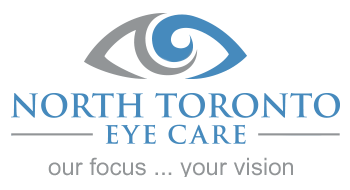Causes
Click Here For More Information
Causes of Dry Eye
People usually begin experiencing dry eye symptoms as they age, but the condition can also result from certain medications, conditions or injuries. Dry eye tends to affect women more often than men, due to the hormonal changes that take place during pregnancy or menopause. Oral contraceptives can also affect the consistency of tears. Dry eye is more common in people over the age of 50. Other causes of dry eye may include:
- Aging
- Medication such as antihistamines, decongestants, blood pressure medication and antidepressants
- Medical conditions such as rheumatoid arthritis and diabetes
- Environmental conditions such as smoke, wind, air conditioning and dry climates
- Long-term contact lens use
- Eye surgery
- Sun exposure
- Smoking or second-hand exposure to smoke exposure
- Sjogren’s syndrome
- Thyroid eye disease
- An eye injury
- Eyelid surgery
- Screen time and not blinking enough
- Inflammation of the conjunctiva
- Exposure keratitis

These factors can affect the frequency or consistency of tears, both of which can lead to dry eyes. Our natural tears require a certain chemical balance in order to efficiently moisturize the eyes.
Another common contributor to dry eye symptoms is Demodex, which is a microscopic mite that causes refractory blepharitis. Specialists are advising that in any type of ocular inflammation due to refractory condition, Demodex should be considered as a possible causative factor.
The wearing of masks since COVID-19 pandemic may also be contributing to an increased incidence of MGD-related infectious dry eye in addition to increased rates of other MGD-related conditions such as chalazion and hordeolum (styes). Masks can direct exhaled air across the ocular surface thus drying it out further.
